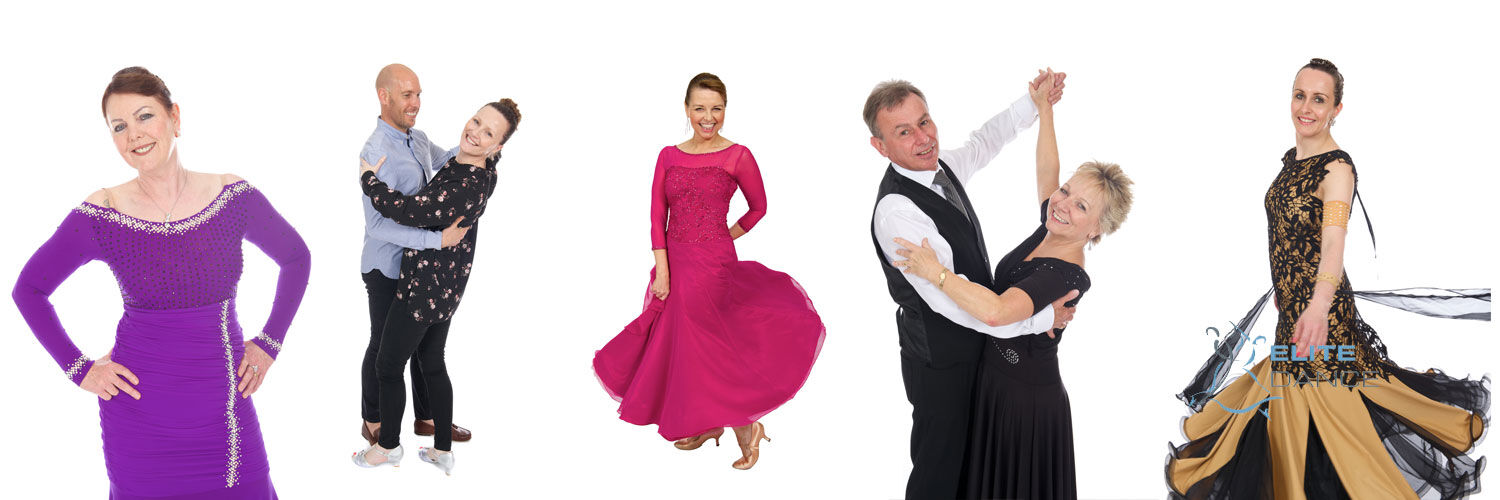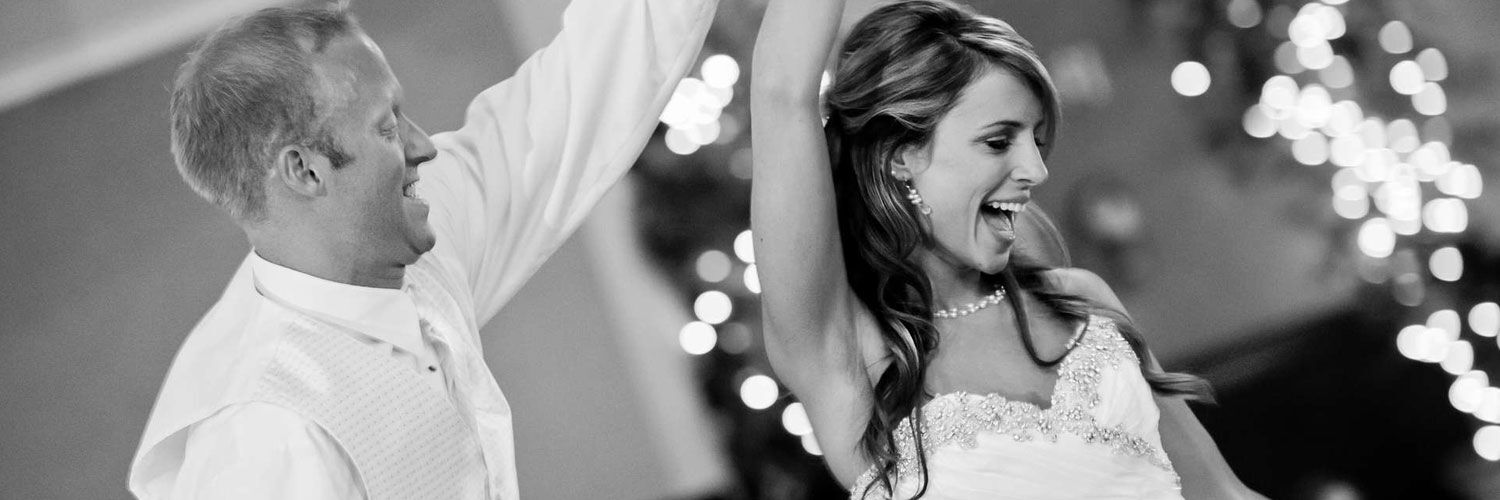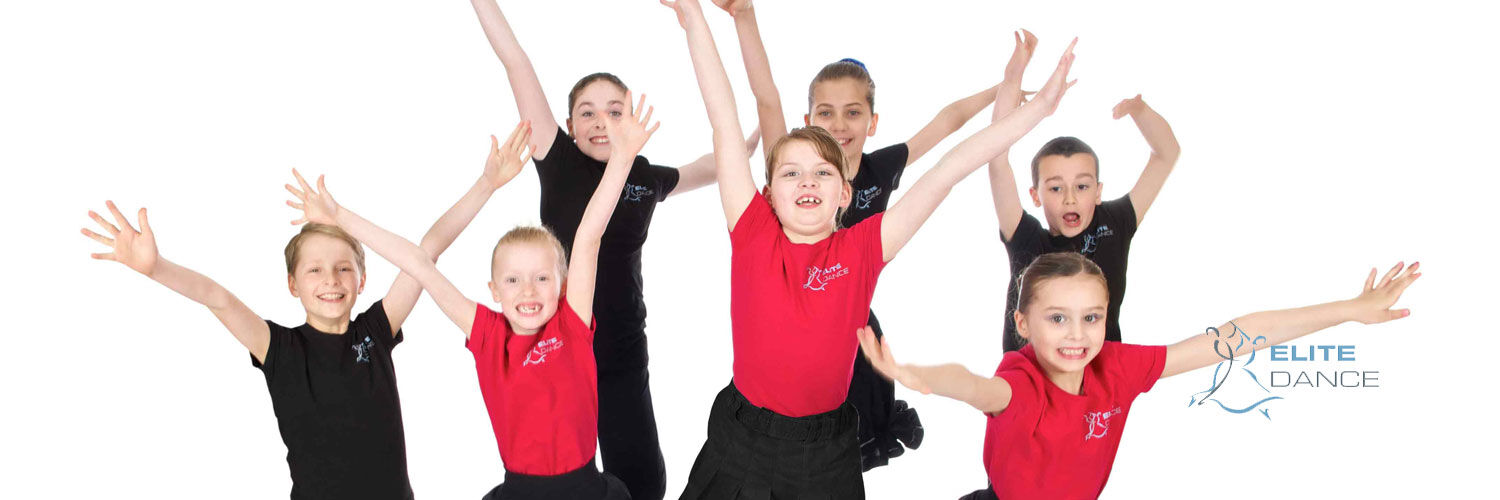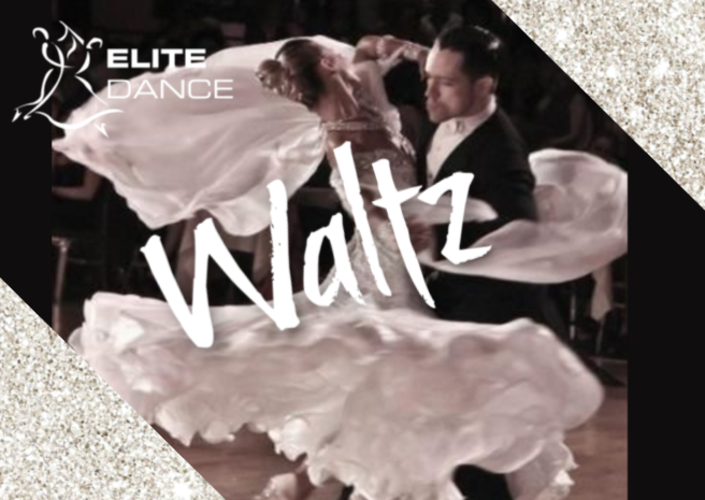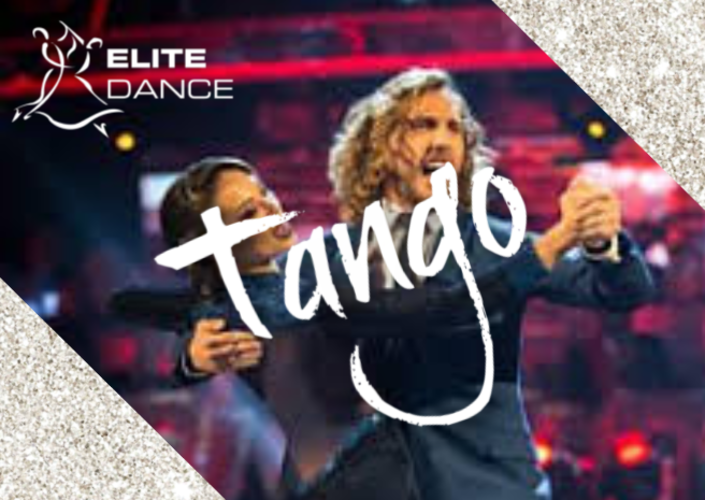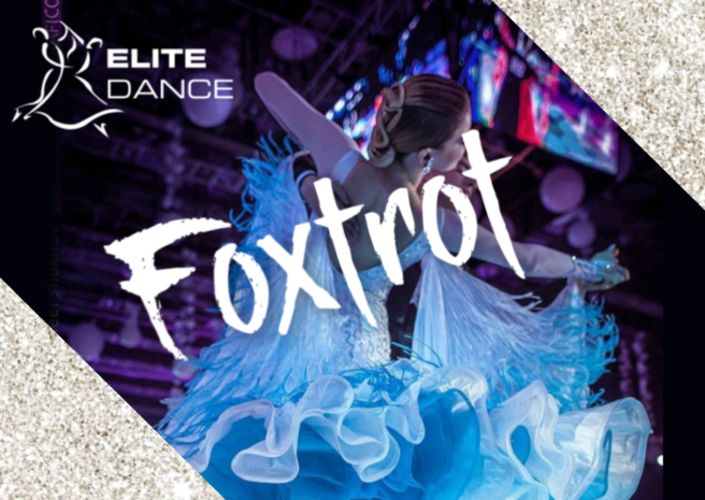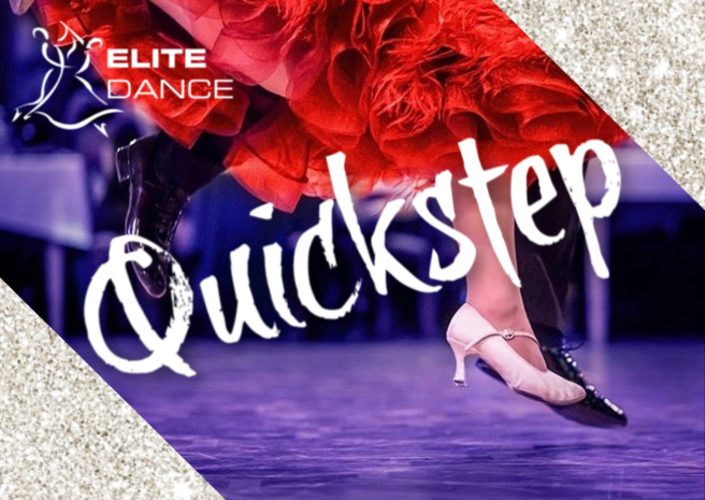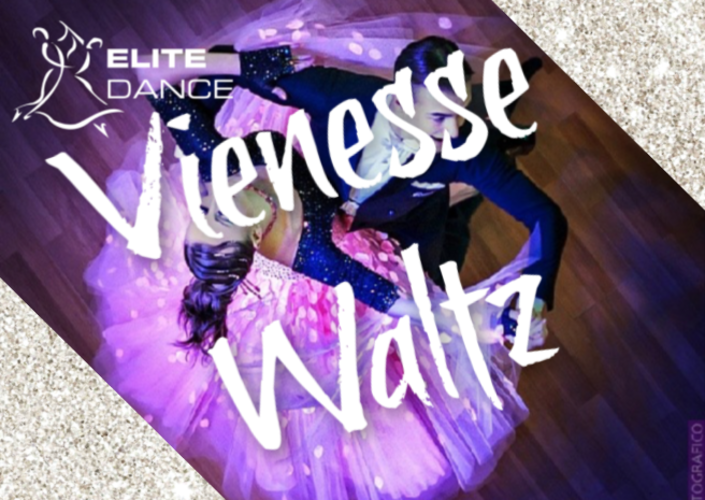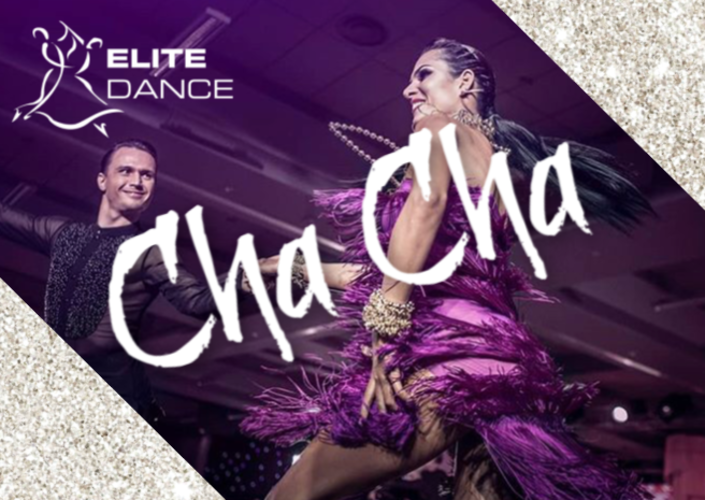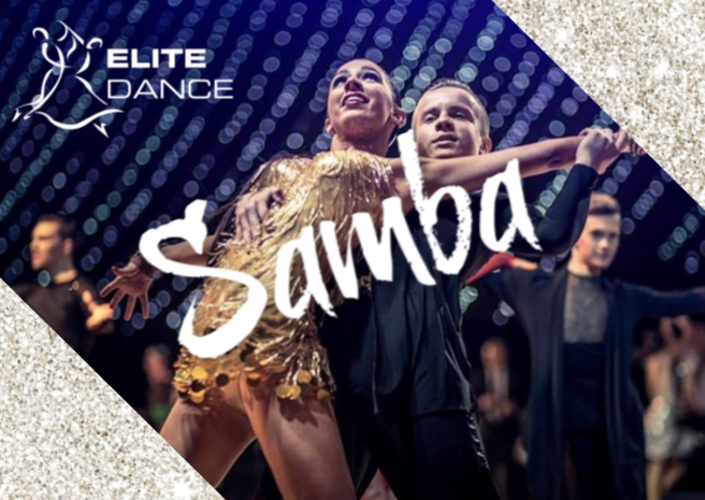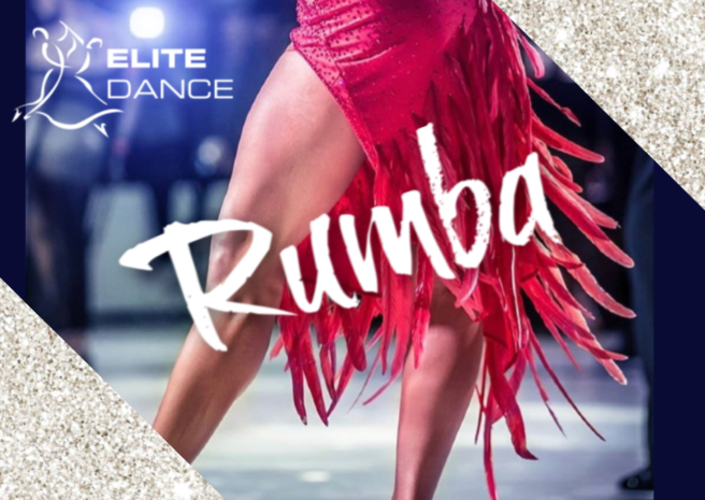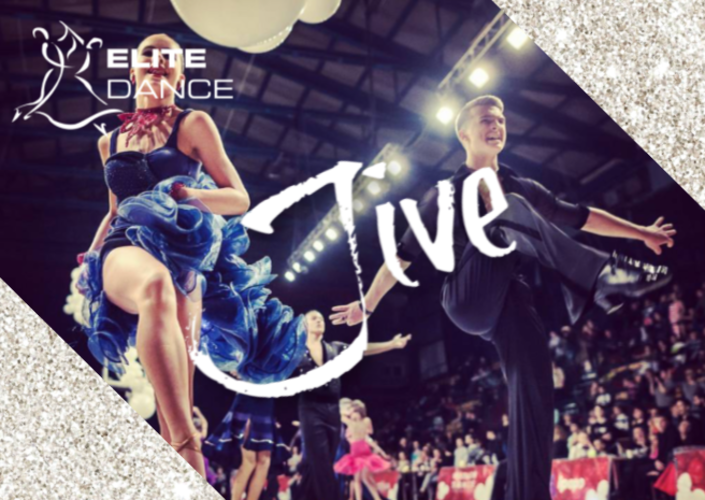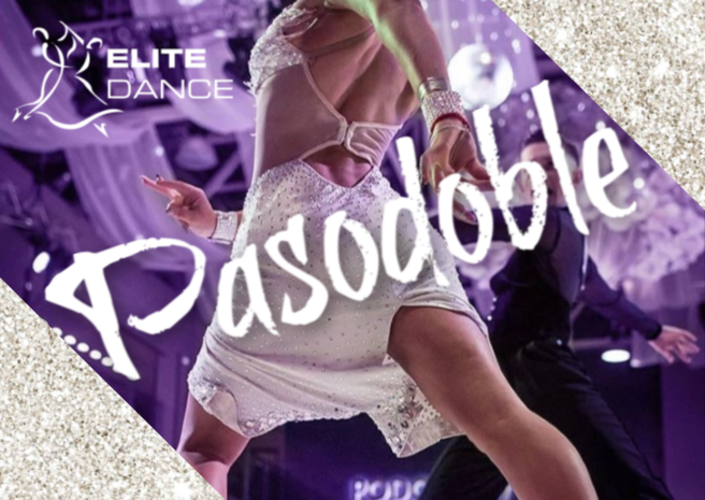Dance Styles
Many of you want to know more about the dances we teach so here's a brief overview of some of the most exciting and beautiful dances in the world.
Waltz
The romantic Waltz is one of the most popular ballroom dances of all time. Considered by some as the "mother of present day dances" and the "backbone dance" of the ballroom dancing arena, the Waltz is the basis for many dances. A truly romantic dance, the Waltz is comprised of soft, round, flowingmovements. The Waltz is a smooth dance that travels around the line of dance. Characterized by its "rise and fall" action, the Waltz includes a step, slide, and step in 3/4 time. Dancers should move their shoulders smoothly, parallel with the floor instead of up and down, and they must strive to lengthen each step. On the first beat of the music, a step is taken forward on the heel, then onto the ball of the foot with a gradual rise to the toes, continuing on to the second and third beats of the music. At the end of the third beat, the heel is lowered to the floor to the starting position.The Waltz was a dance that originated in England and was frowned upon by many people as it was traditionally danced very close to each other. Like all dances of the Standard category, the Waltz is a progressive dance and is characterized by the pendulum swing body action.
Tango
Ballroom tango was developed from Argentine tango styles but modified to fit into the category of ballroom dancing. Ballroom tango incorporates different techniques than the smooth, Argentine dances. Tango is considered one of the easiest of the ballroom dance styles, making it a great choice for beginners. Ballroom tango is divided into two categories, American Style, and International Style. Each of these styles is considered to be a social and competitive dance, but International Style is generally used more often in ballroom competitions.The Tango comes from Argentina and was danced in bars by migrant workers chasing after women. This defined how the Tango is danced today with its curving figures and passionate characteristics.
Foxtrot
The slow foxtrot is a favorite among many ballroom dancers. Think about the smooth dancing of Fred and Ginger. Because of its smoothness, it is often referred to as the Rolls Royce of the standard dances. Once you learn the foxtrot, you really feel like a dancer. The quicker version of the foxtrot developed into the quickstep, leaving the slow foxtrot with the name of foxtrot. A beautiful, romantic dance, the foxtrot is composed of fairly simple walking steps and side steps. The dance combines slow steps, which use two beats of music, and quick steps, which use one beat of the music. The footwork timing is usually "slow, quick, quick" or "slow, slow, quick, quick." The foxtrot must be danced very smoothly, with no jerking of the body. Timing is also a very important component of the foxtrot. As the foxtrot is more challenging than other styles of dance, it is usually recommended to master the waltz and quickstep prior to attempting it. The Foxtrot is a smooth, progressive dance characterized by long, continuous flowing movements across the dance floor. The dance is similar in look to the Waltz, although the rhythm is different and it is counted in slows and quicks.
Quickstep
The Quickstep is a ballroom dance style composed of extremely quick stepping and syncopated feet rhythms in time to fast-paced music. Although difficult to master and perform, the Quickstep is lots of fun to watch.The Quickstep is a light-hearted dance of the Standard Ballroom dances. The movement of the dance is fast and powerfully flowing and sprinkled with syncopations. The upbeat melodies that quickstep is danced to make it suitable for both formal and informal events. Quickstep was developed in the 1920s in New York and was first danced by Caribbean and African dancers. Its origins are in the combination of Slow Foxtrot with the Charleston, a dance which was one of the precursors to what we now call Swing Dancing.
Viennese Waltz
The Viennese Waltz is characterized by sweeping turns that move gracefully around the floor. This dance is known for its simple and elegant rotational movement. The Viennese Waltz is a rotary dance where the dancers are constantly turning either toward the leader's right (natural) or toward the leader's left (reverse), interspersed with non-rotating change steps to switch between the direction of rotation. A true Viennese Waltz consists only of turns and change steps. Other moves such as the Fleckerls, American-style figures and side sway or underarm turns are modern inventions and are not normally danced at the annual balls in Vienna. Furthermore, in a properly danced Viennese Waltz, couples do not pass but turn continuously left and right while travelling counter-clockwise around the floor, following each other.
Cha Cha Cha
This unmistakable dance originated in Cuba in the 1940s.
The cha-cha is a vibrant, flamboyant and playful dance. The light and bubbly feel of the cha-cha gives it a unique sense of fun. The cha-cha requires small steps and lots of hip motion (Cuban motion), as it is danced in 4/4 time. The fourth beat is split into two, giving it the characteristic rhythm of 2, 3, 4 and 1. Therefore, five steps are danced to four beats. You may have heard it counted like, "One, two, cha-cha-cha."
Samba
The samba is considered the dance of celebration and joy at Carnival celebrations in Brazil. Lively and rhythmical. The international Ballroom version of Samba is a lively, rhythmical dance with elements from Brazilian Samba. Most steps are danced with a slight downward bouncing or dropping action. This action is created through the bending and straightening of the knees, with bending occurring on the beats of 1 and 2, and the straightening occurring inbetween. However, unlike the bouncing of Polka, for example, there is no considerable bobbing. Also, Samba has a specific hip action, different from that in Ballroom Latin dances (Rumba and Cha- Cha).
Rumba
This theatrical dance tells a story of love and passion between a strong, male lover and a coy, teasing woman. Full of sensual movements, the Rumba is considered by many to be the sexiest of the ballroomdances. The Rumba is a very slow, serious, romantic dance that exudes flirtation between the partners - good chemistry makes the movements even more impactful. The dance is fun to watch, as many of its basic dance figures of the dance have a teasing theme in which the lady flirts with and then rejects her male partner, often with apparent sexual aggression. The Rumba spotlights the lady's rhythmic body movements and hip actions resulting in intense - almost steamy - scenes of passion. Rumba is related to Afro-Cuban music, which was introduced to Cuba by African slaves in the sixteenth century. It is also influenced by the music brought to Cuba by Spanish colonizers.
Jive
Jive originated in the United States from African-Americans in the early 1940s. It is a lively and uninhibited variation of the earlier forms of Swing dance such as the Jitterbug. Jive is a very happy, boppy, energetic dance, with plenty of knee-lifting, bending, and rocking of the hips. The fastest of the Latin dances, jive incorporates lots of kicks and flicks, even twirling of the woman, and doesn't move around the dance floor like other dances. Although jive dancers may appear to be moving their feet haphazardly in every direction, the feet are actually well-controlled under the body with the knees close together.
Pasodoble
Originated in southern France and began gaining popularity in the United States in the 1930s.The Paso Doble, or Pasodoble, is a lively dance modeled after the drama of the Spanishbullfight. In Spanish, "Paso Doble" means "two-step" and refers to the marching nature of the steps. At its core, the Paso Doble is a dramatic Spanish dance. Traditionally, the man is characterized as the matador (bullfighter) and the lady as his cape in the drama of a Spanish bullfight. The dancers may choose to enact the role of the torero, Picador, banderillero, bull, or Spanish dancer.

